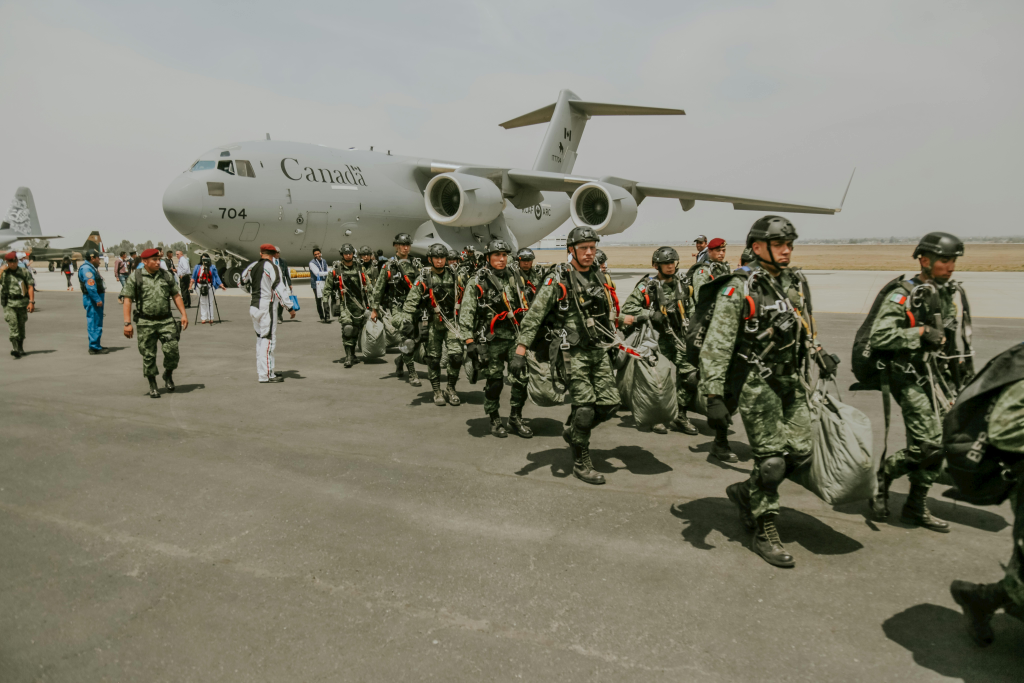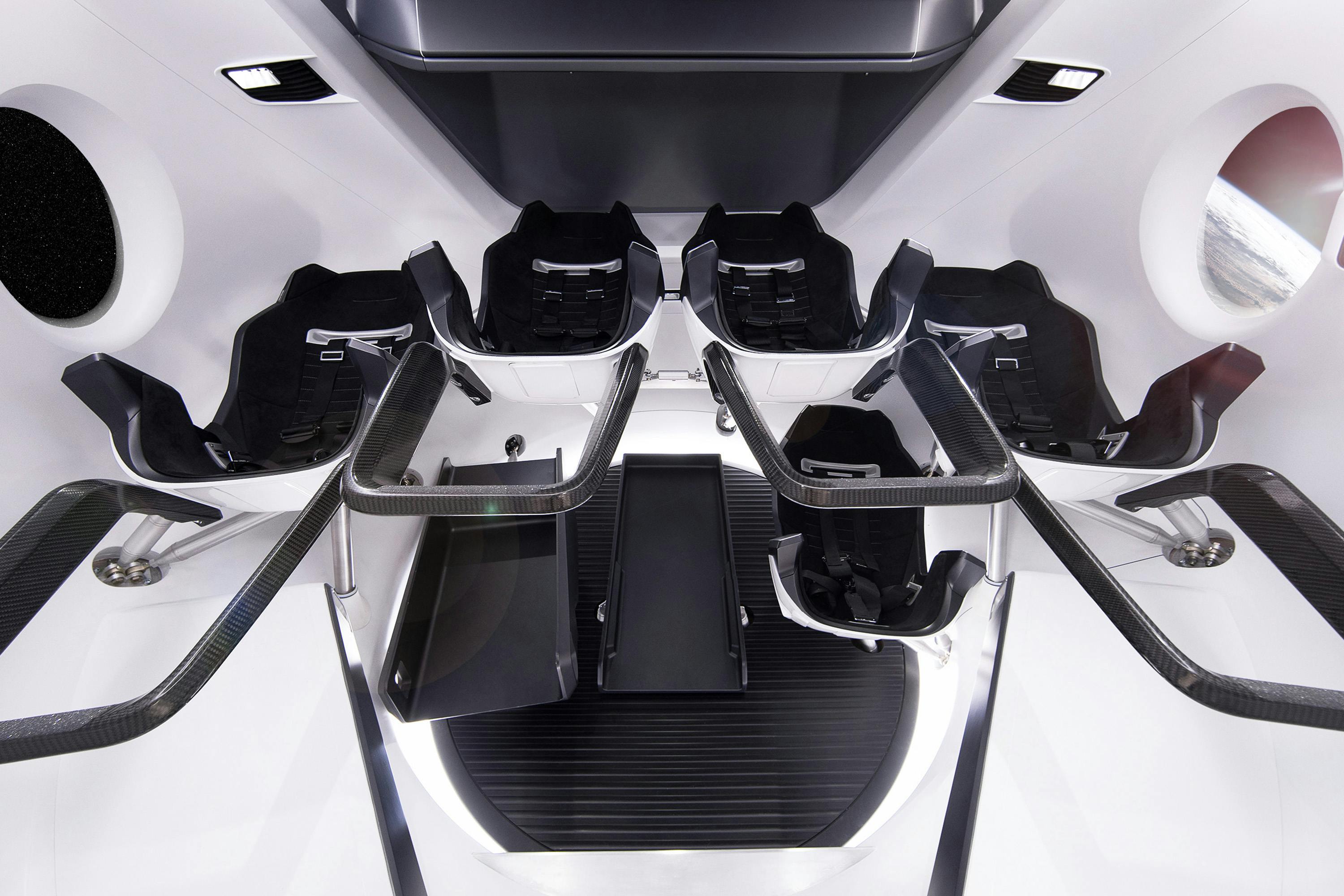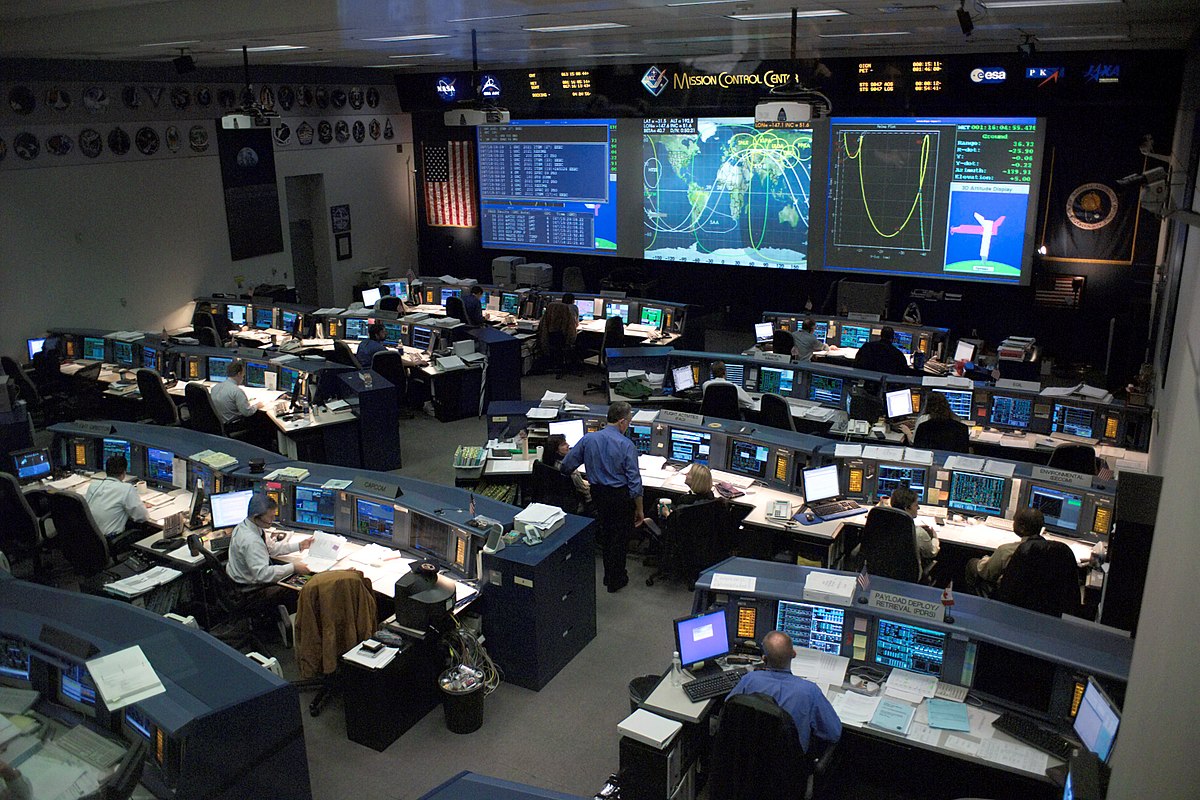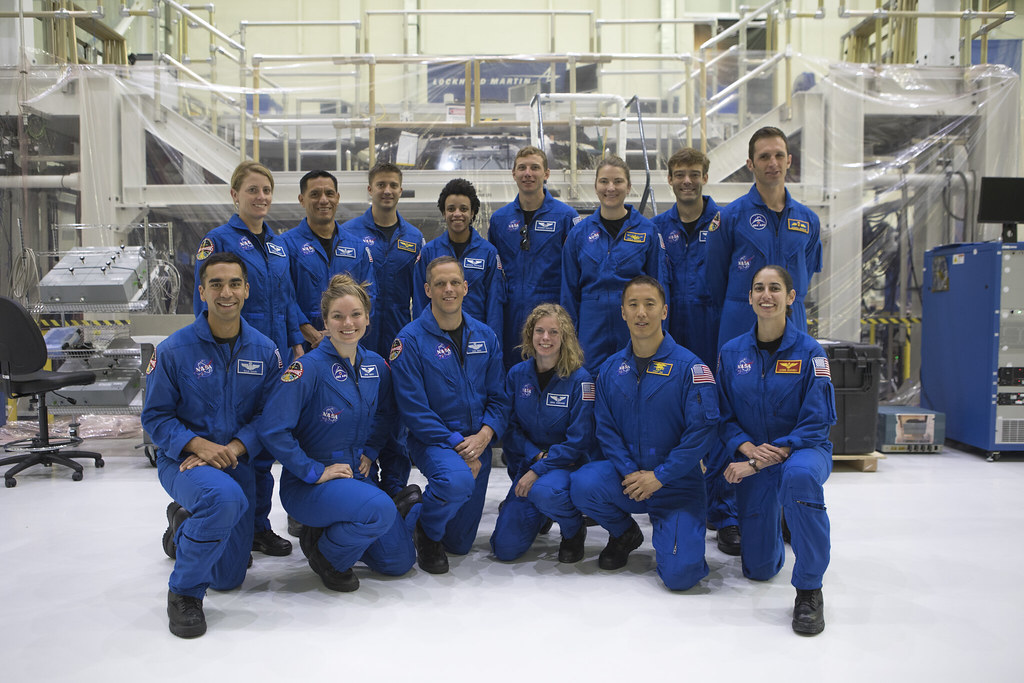
Since they arrived on the Johnson Space Center campus last September, NASA’s 2025 astronaut candidates have had no illusions: their next two years will be an apprenticeship in the most challenging setting human exploration has to offer. Chosen from more than 8,000 applicants, the ten men and women pilots, engineers, scientists, and medical specialists make up the agency’s 24th astronaut class since 1959, and perhaps the first to walk on Mars or live on board commercial space stations.

1. Diverse Paths to the Astronaut Corps
The résumés of the class sound like a cross-section of America’s technical elite. Lt. Cmdr. Erin Overcash, a test pilot on the F/A‑18E/F Super Hornet with 1,300 hours and 249 carrier landings, is coming from the U.S. Navy’s World Class Athlete Program. CW3 Ben Bailey, only the second Army warrant officer NASA has ever picked, has logged more than 2,000 hours in UH‑60 Black Hawks and CH‑47F Chinooks. Rebecca Lawler, former Navy P‑3 pilot and NOAA hurricane hunter, contributes 2,800 hours in 45 aircraft. Katherine Spies, a pilot in the Marine Corps AH‑1 attack helicopter, adds Gulfstream flight test engineering to her military-tested résumé. Joining her are planetary scientist Lauren Edgar, biomedical engineer and Polaris Dawn alumnus Anna Menon, electrical engineer Yuri Kubo, anesthesiologist Imelda Muller, and Air Force test pilots Adam Fuhrmann and Cameron Jones.

2. Military Precision Confronts Spaceflight Challenges
For the pilots, test pilot school was not merely a qualification it was a refining fire in which cockpit instincts were transformed into technical language. “Test Pilot School really teaches you… how do you communicate technical details,” Overcash clarified. Bailey pointed out the Army’s focus on “quiet leadership” and being able to lead peers without official rank, capabilities that directly correlate to NASA’s team-driven mission structure. Spies emphasized risk recognition and management, developed in military missions, as a key spaceflight competency.

3. NASA Training: Engineering the Explorer
Their curriculum to come is as wide as it is deep: robotics systems, geologic fieldwork, foreign language, space medicine, physiology, and land and water survival training. There are simulated spacewalks in the Neutral Buoyancy Laboratory that will push endurance and accuracy in a 6.2‑million‑gallon tank simulating microgravity. High-performance jet flights will acutely develop situational awareness and decision-making under adverse conditions. As one veteran astronaut informed them, “The bonds you form with your classmates will carry you throughout your career and future missions.”

4. Human Factors in Long-Duration Missions
NASA human factors engineers craft spacecraft interiors to reduce cognitive load and physical stress for months in microgravity. This means optimizing control layouts, lighting, and acoustic conditions to minimize fatigue. For missions to Mars where crews could face 500+ days of transit ergonomic design and psychological resilience will be every bit as important as propulsion systems. The candidates’ diverse experience in small, high-stress environments whether on carriers, in cockpits, or on geological exploration provides real-world preparation for these challenges.

5. Memories That Launched the Quest
A number of candidates owe their dreams to early NASA experiences. Kubo remembered seeing Apollo 13 within the historic Mission Control, “sitting in these chairs… watching the people in the same setting working through the most complex scenario in space you could imagine.” Menon’s fourth-grade trip to Johnson Space Center allowed her to act out as an astronaut and flight controller, sparking a lifelong interest. Muller’s moment was poolside at the Neutral Buoyancy Lab, realizing the common mission priority of Navy diving teams and NASA crews.

6. The Call That Changed Everything
Selection offers came out of the blue and with stern commands to remain quiet. Kubo emerged from a briefing, slinking back expressionless not to reveal his thrill. Lawler was at an airport to pick up a new plane, not able to explain to her copilot why she sought a special photo. Overcash and her husband shared a glance before picking up an “unknown” number that would change their lives.

7. Artemis, Mars, and Commercial Horizons
Although too soon for Artemis III, the class will prepare for missions enabling lunar surface missions, leading toward a sustained presence on the Moon as a stepping stone to Mars. They could also be the initial NASA astronauts to live on commercial low Earth orbit facilities owned by firms such as Blue Origin and Axiom Space when the ISS retires in approximately 2030. As Acting Administrator Sean Duffy coined, “We are going back to the Moon… and from what we learn… we’re going to go to Mars, and we’re going to go beyond.”

8. Teamwork Beyond the Technical
Even in less serious moments such as the “Desert Island” icebreaker their decisions showed qualities beneficial in space: flexibility, resourcefulness, and teamwork. From Kubo’s electronic piano to Bailey’s YouTube collection, these personal touches suggest how astronauts keep spirits high and imaginations sparked in isolation.

The ensuing two years will integrate their diverse talents into a common operational competency, equipping them to operate where each choice is heightened by distance, solitude, and the unyielding physics of space.

